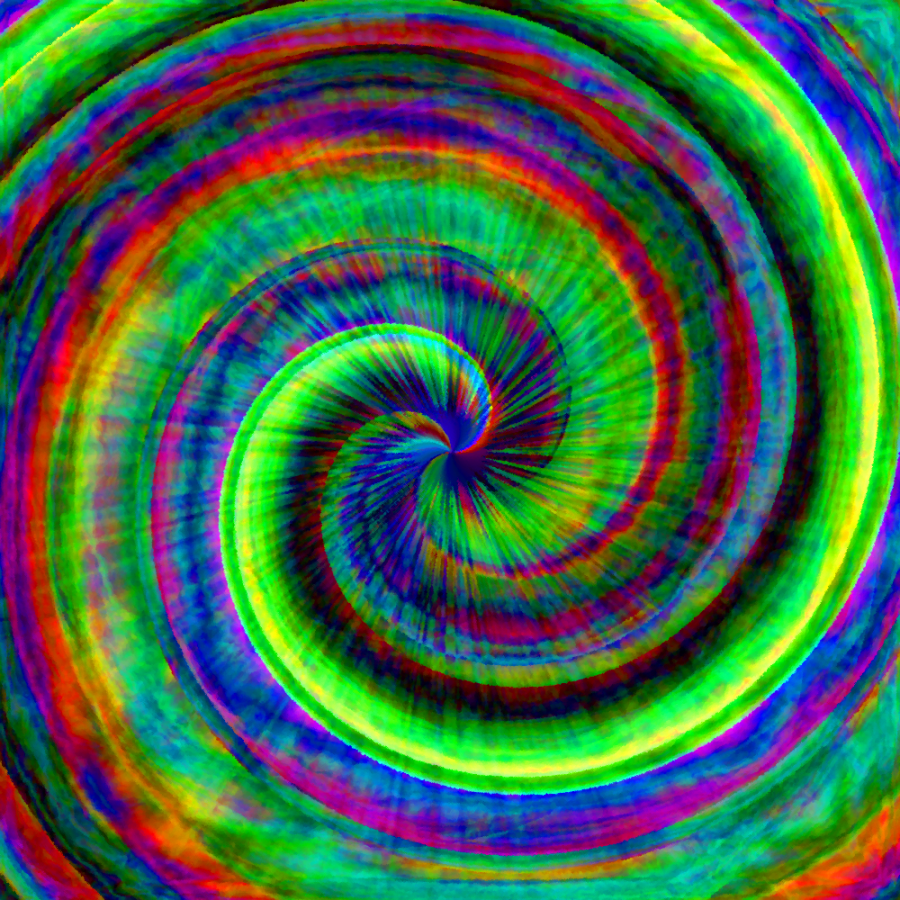Humans, especially Americans, pride themselves on having freedom in all areas of our lives: from choosing whom to vote for, all the way down to deciding what to eat for breakfast. It is shocking, then, to realize just how many barriers and obstacles there are in our lives that prevent us from living completely free.
If an enemy placed these obstacles in our path, an enemy whose presence was readily felt and observed, we would have an easy source to blame and would likely eliminate these obstacles. Yet, the creators of these obstacles are, in fact, ourselves. These obstacles come to us in the form of culture and habits, all those things we take for granted that form the backbone of our society.
When you drive down a street anywhere in the United States, you’ll notice the doors on the houses (or rather, you won’t). Brown, white, black. Browner, whiter, blacker; the dull, unexciting colors of doors are occasionally interrupted by a dark green or blue. But where are the tie-dye doors? The rainbow doors? The doors with intricate murals and comic strips splashed across the wood? It is odd that in a culture that values art so highly we have chosen to restrict the places it can exist.
Beyond the seemingly mundane practice of painting our front doors, barriers and obstacles can also restrict our capacity to take in the world around us and restrict our ability to learn.
If, on the way home from school, I pick up a stick and start chewing on it, people will think I am insane. Surely a fair number of Snapchats would be posted of my odd behavior, perhaps someone may even cross the street to avoid close contact with the man who apparently thinks he is a dog.
Yet, I now know what the tree in front of my house tastes like, how hard it is, what texture is has.
While knowing a stick this intimately is not particularly useful to everyone, it shows how we as a society have created a category of knowledge showing what type of information is useful and what type of knowledge acquisition is acceptable. This ensures that we are guaranteed to neglect an entire category of information.
Even for an arborist, this habit of stick-chewing would seem odd, yet could it not prove useful for a person who has dedicated their life to studying trees to understand what it tastes like?
Everything in life is interesting and there is no wrong way to engage with the world. Embracing seemingly strange ways to interact with the world can provide us with knowledge we would not have thought useful. Something as simple as painting your front door a different color can shake you out of a cycle of routine and conformity that may be the cause of an unhealthy world view or a dull life.
So try chewing on a stick, painting a smiley face on your front door or walking backwards to the bus stop. Embrace weirdness in all of its normalcy and reap the benefits of authenticity.


